Dentists warn against doing this.
Bruxism, or the involuntary grinding and clenching of teeth, affects about one in four people worldwide, with a higher prevalence in women. It can occur during waking hours or while sleeping and is often linked to stress. While occasional grinding may not cause harm, chronic bruxism can lead to significant problems such as jaw pain, tooth damage, and headaches. The condition also puts excessive pressure on the temporomandibular joint (TMJ), potentially resulting in temporomandibular disorders (TMD), which affect the muscles and joints involved in chewing, speaking, and swallowing.
Bruxism is associated with a range of symptoms, including worn or cracked teeth, jaw stiffness, morning headaches, and disturbed sleep. Risk factors include stress, poor sleep, alcohol use, certain medications, smoking, and even sleep apnea. Sleep bruxism, in particular, is strongly linked with sleep disturbances such as obstructive sleep apnea (OSA), where breathing temporarily stops during sleep. This can cause microarousals that trigger clenching. Increased levels of cortisol and psychological stress, especially during and after the COVID-19 pandemic, have also been associated with a rise in bruxism cases.
The pandemic led to changes in lifestyle, including increased sedentary behavior, poor diet, and mental strain, all of which contributed to higher levels of stress and, in turn, bruxism. Experts have noted that remote work arrangements worsened psychosocial issues such as isolation, blurred work-life boundaries, and physical inactivity. These stressors were reported to have caused or intensified jaw pain and teeth grinding in many individuals, especially those already dealing with chronic pain or emotional stress.
Treatment for bruxism focuses on symptom relief and protecting the teeth. Occlusal splints, often used at night, can help reduce damage and ease muscle tension. However, these may not work for everyone and can sometimes exacerbate breathing issues in those with OSA. In such cases, mandibular advancement devices that help open the airway may be more effective. A multidisciplinary approach is recommended, involving sleep specialists, dentists, physiotherapists, and mental health professionals to address both physical and psychological contributors.
Other treatment options include cognitive behavioral therapy, relaxation techniques, and physical activity to reduce stress and tension. Botox injections have been shown to help by weakening the jaw muscles temporarily, but they don’t reduce the frequency of grinding and may lose effectiveness over time. Experts emphasize the importance of addressing the underlying causes, including posture, breathing patterns, and muscle imbalances in the head, neck, and shoulders. Some pain previously thought to be dental in origin may actually stem from muscular issues elsewhere, highlighting the need for comprehensive evaluation and treatment.



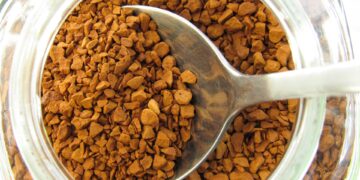



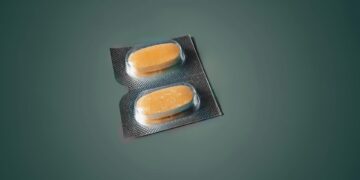








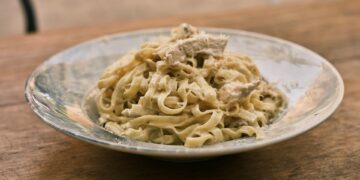



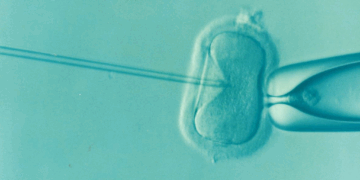




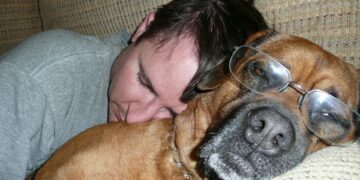
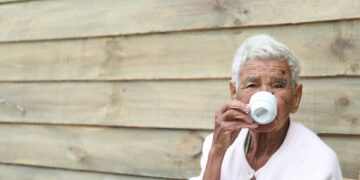






Discussion about this post